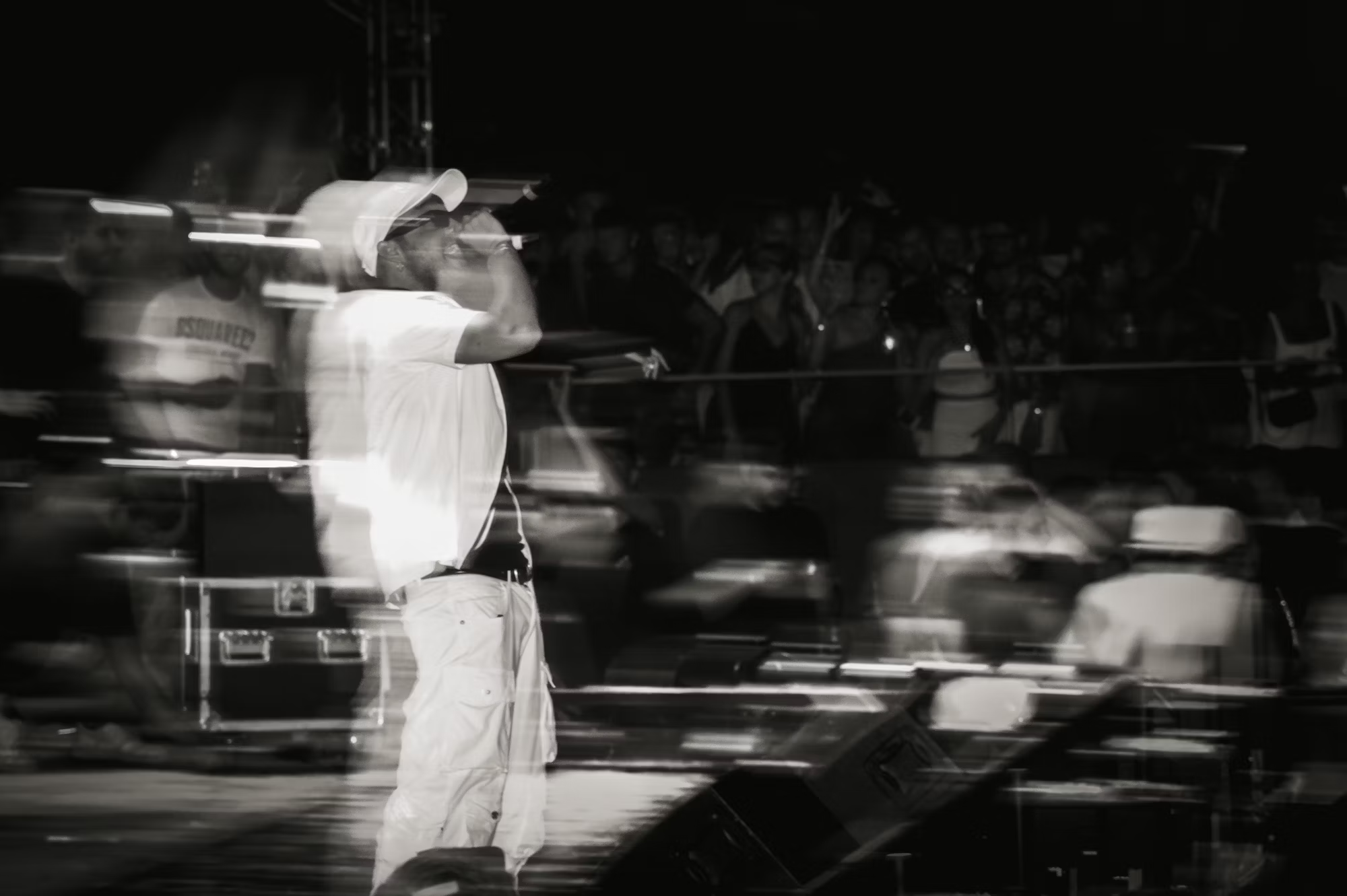The Evolution of DJ Culture: From Underground to Mainstream
DJ culture has undergone a remarkable transformation over the past few decades, evolving from an underground phenomenon into a global mainstream movement. This evolution reflects broader shifts in technology, music consumption, and social dynamics. From the early days of disco to the rise of electronic dance music (EDM), the journey of DJing is rich with innovation, creativity, and cultural significance.
The origins of DJ culture can be traced back to the late 1970s and early 1980s when disco music dominated dance floors. DJs like David Mancuso and Larry Levan played a pivotal role in shaping this scene, using turntables to mix tracks and create seamless transitions that kept partygoers dancing all night long. This early form of DJing was characterized by an emphasis on vinyl records, which allowed DJs to showcase their skills in beat matching and blending different songs.
As the disco era faded, hip-hop emerged in the late 1970s, introducing new techniques such as scratching and sampling. DJs like Kool Herc and Grandmaster Flash revolutionized the art of DJing by incorporating these techniques into their sets, creating an entirely new sound that laid the foundation for hip-hop culture. This period saw the birth of block parties, where DJs would play on the streets, bringing communities together through music.
In the 1990s, the rave culture began to take shape, particularly in Europe and North America. This underground movement was characterized by all-night dance parties featuring electronic music. Rave DJs like Carl Cox and Sasha became pioneers in this scene, experimenting with different genres such as house, techno, and trance. The use of synthesizers and drum machines expanded the possibilities of music production, allowing DJs to create their own tracks and remixes, further pushing the boundaries of creativity.
The rise of the internet in the late 1990s and early 2000s played a significant role in the proliferation of DJ culture. With the advent of digital music, DJs gained access to a vast library of tracks at their fingertips. Software like Ableton Live and Serato DJ transformed the way DJs performed, enabling them to incorporate digital samples, loops, and effects into their sets. This shift democratized DJing, allowing aspiring DJs to hone their skills from home and share their mixes online.
As technology advanced, the landscape of music festivals began to change dramatically. Major festivals like Coachella and Tomorrowland started featuring electronic music stages, bringing EDM to the forefront of popular culture. Artists like Calvin Harris, Tiësto, and David Guetta became household names, bridging the gap between DJ culture and mainstream pop music. Their ability to create infectious hooks and catchy melodies helped introduce electronic music to a wider audience, contributing to the genre’s explosion in popularity.
The influence of social media cannot be understated in this evolution. Platforms like SoundCloud, YouTube, and Instagram allowed DJs to share their music, mixes, and performances with millions of listeners worldwide. This accessibility fostered a sense of community among fans and DJs alike, breaking down geographical barriers and allowing for global collaborations. Emerging artists now have the opportunity to gain recognition and build a following without the need for traditional record labels.
Today, DJ culture continues to evolve, with new trends emerging that reflect the changing tastes of music consumers. Genres like future bass, trap, and bass house have gained traction, showcasing the versatility of electronic music. The fusion of different styles has led to exciting collaborations between DJs and artists from various genres, blurring the lines between electronic music and other forms of popular music.
Moreover, the concept of the DJ has expanded beyond simply playing records. Today’s DJs are often viewed as performers, curating entire experiences for their audiences. Many incorporate visual elements into their sets, using cutting-edge technology to create stunning light shows and immersive environments. This emphasis on the overall experience has transformed the role of the DJ into that of a true artist, shaping not only the sound but also the atmosphere of their performances.
Despite the commercialization of DJ culture, underground scenes continue to thrive. Cities like Berlin, Detroit, and London are known for their vibrant club cultures, where local DJs play intimate sets in unique venues. These spaces often prioritize creativity and experimentation, allowing artists to explore new sounds and push the boundaries of electronic music. This duality between mainstream and underground highlights the diverse nature of DJ culture, ensuring that it remains dynamic and ever-changing.
The future of DJ culture looks bright as technology continues to advance. Virtual reality (VR) and augmented reality (AR) are beginning to play a role in live performances, offering audiences immersive experiences that were once unimaginable. DJs are experimenting with these technologies, creating interactive sets that engage fans in new ways. This innovation will likely shape the next chapter of DJ culture, pushing the limits of creativity and performance.
In conclusion, the evolution of DJ culture is a testament to the power of music to connect people and transcend boundaries. From its humble beginnings in disco and hip-hop to its current status as a global phenomenon, DJing has continuously adapted to changing times and technologies. As the genre continues to evolve, it remains a vibrant and essential part of the music landscape, inviting new generations to explore and enjoy the art of DJing.
